Discover the beauty and flavor of saffron crocus (Crocus sativus), one of the most valuable spices in the world. In this guide, we will walk you through the steps to grow, care for, harvest, and enjoy this exquisite plant.

1. Understanding Saffron Crocus
1.1 What is Saffron?
Saffron is a spice harvested from the stigmas of the Crocus sativus flower. It is known for its rich color, flavor, and high cost, making it one of the most sought-after spices globally.
1.2 The Importance of Saffron in Culinary Arts
Historically, saffron has been used in both medicinal and culinary contexts, and today it is a key ingredient in many dishes across different cultures, from Spanish paella to Persian rice dishes.
1.3 Fall-Blooming vs. Spring-Blooming Crocuses
Unlike spring-blooming crocuses, saffron crocuses bloom in the fall. Understanding the differences in their growth cycles is essential for proper cultivation.
2. Ideal Growing Conditions
2.1 Climate Requirements
Saffron crocus thrives in USDA hardiness zones 6 through 9. These regions offer the optimal temperatures and seasonal conditions for the plant's growth and flowering cycle.
2.2 Soil Preparation
- pH Balance: The ideal soil pH for saffron crocus ranges from 6.0 to 8.0.
- Soil Type: Well-draining soil is crucial to prevent waterlogging. Sandy or loamy soils are preferred.
- Organic Matter: Adding compost or organic mulch can improve soil structure and fertility.
2.3 Sunlight Needs
Saffron crocuses require full sunlight for at least six hours a day. Choose a sunny location that is free from shade during the growing season.

3. Planting Saffron Crocus
3.1 When to Plant
Plant saffron corms in late summer to early fall, about six weeks before the first frost.
3.2 Selecting and Preparing Corms
Choose healthy, large corms for the best blooms. If needed, soak the corms in a fungicide solution before planting to prevent disease.
3.3 Planting Techniques
Plant corms about 4-6 inches deep and space them 6 inches apart. Water thoroughly after planting, but avoid overwatering to prevent rot.
4. Caring for Saffron Crocus
4.1 Watering Guidance
Once established, saffron crocus requires minimal watering. Avoid overwatering as it can lead to rot, especially in clay soils.
4.2 Fertilizing
Use a balanced fertilizer (10-10-10) once during early fall when growth begins. Avoid over-fertilizing to prevent excessive foliage growth.
4.3 Pest and Disease Management
- Pests: Common pests include rodents and snails, which may eat the corms. Use barriers or natural repellents to deter them.
- Diseases: Saffron crocus is prone to fungal diseases like root rot, particularly in poorly draining soil. Ensure good drainage to prevent this.
5. Harvesting Saffron
5.1 When to Harvest
Harvest saffron in the morning once the flowers are fully open. The best time to harvest is shortly after the blooms appear in the fall.
5.2 How to Harvest Safely
Using small tweezers or fingers, gently pick the red stigmas from the center of the flower. Avoid damaging the flowers to allow for potential additional blooms.
5.3 Drying and Storing Saffron
Dry the stigmas in a cool, dry place for several days. Once dried, store saffron in an airtight container, away from light, to preserve its potency.
6. Culinary Uses of Saffron
6.1 Flavor Profile and Benefits
Saffron has a unique flavor, described as earthy, slightly sweet, and floral. Its health benefits include antioxidant and anti-inflammatory properties.
6.2 Popular Dishes Featuring Saffron
Some famous dishes using saffron include Spanish paella, Italian risotto, and Persian saffron rice.
6.3 Health Benefits
Saffron is rich in antioxidants and has been linked to improved mood, memory, and even eye health.


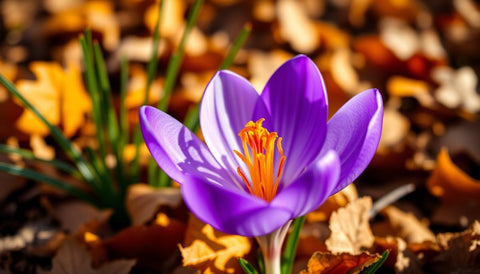


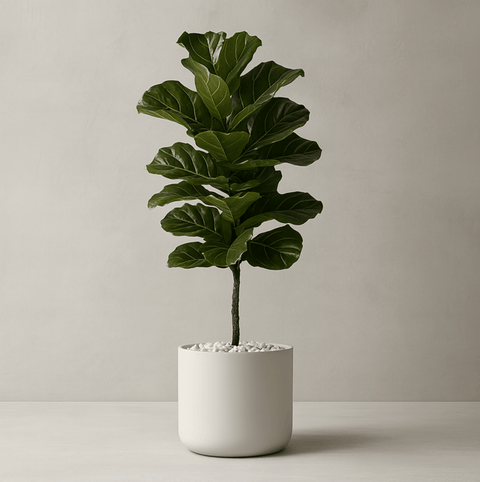
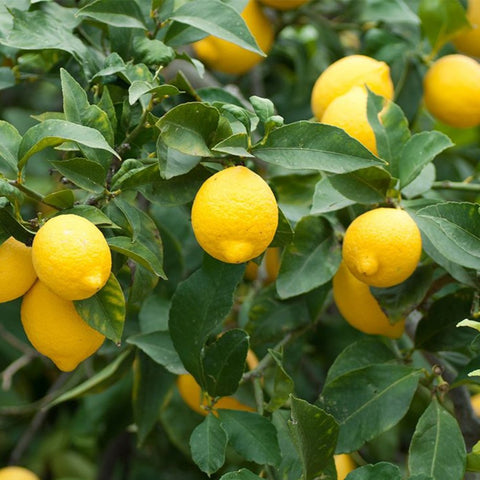

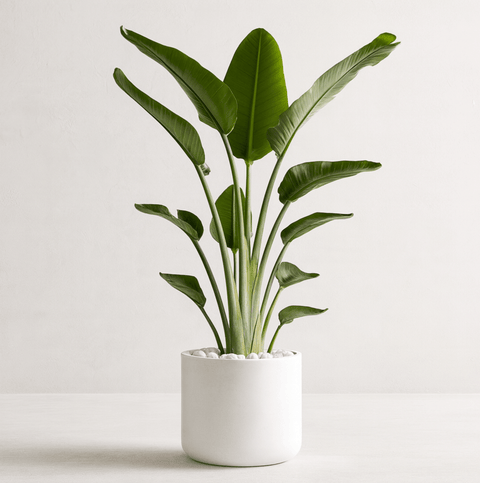

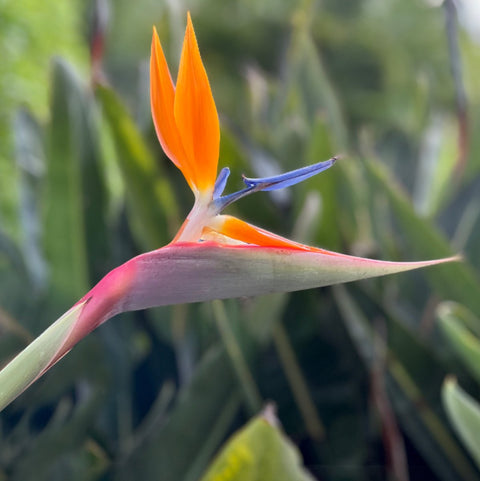

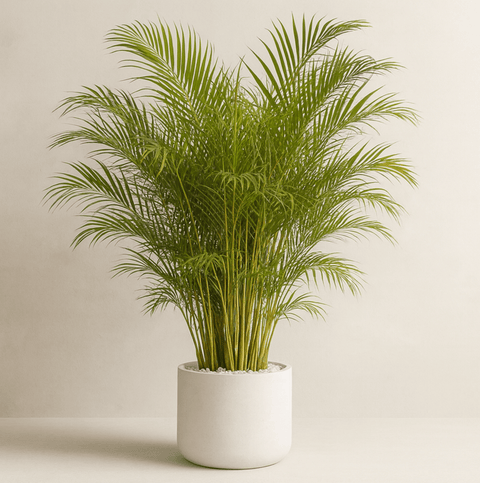






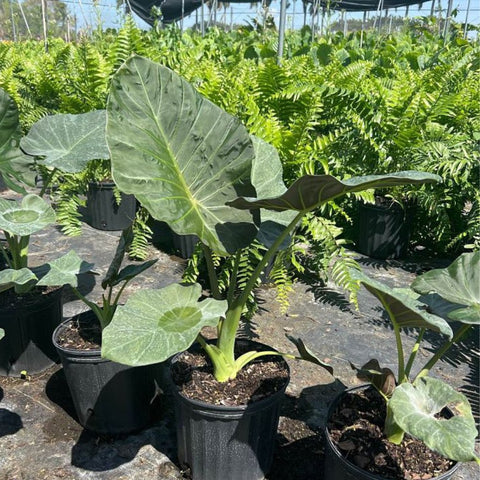
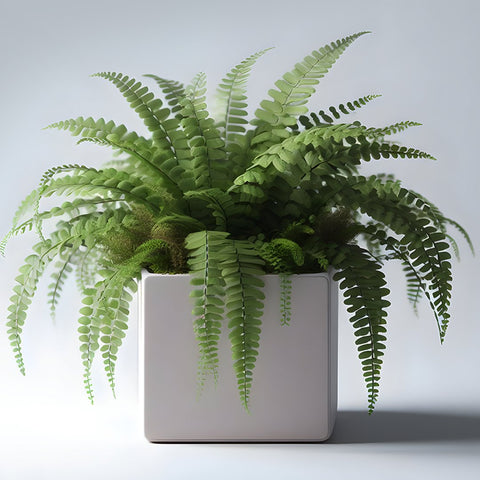




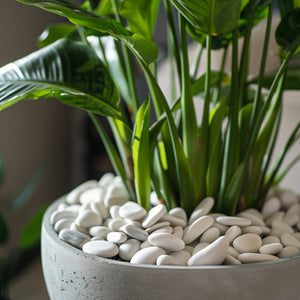

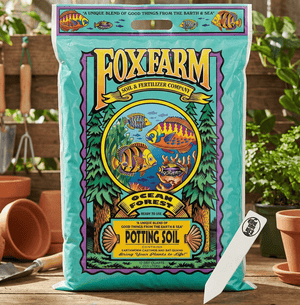




Comments (0)
There are no comments for this article. Be the first one to leave a message!